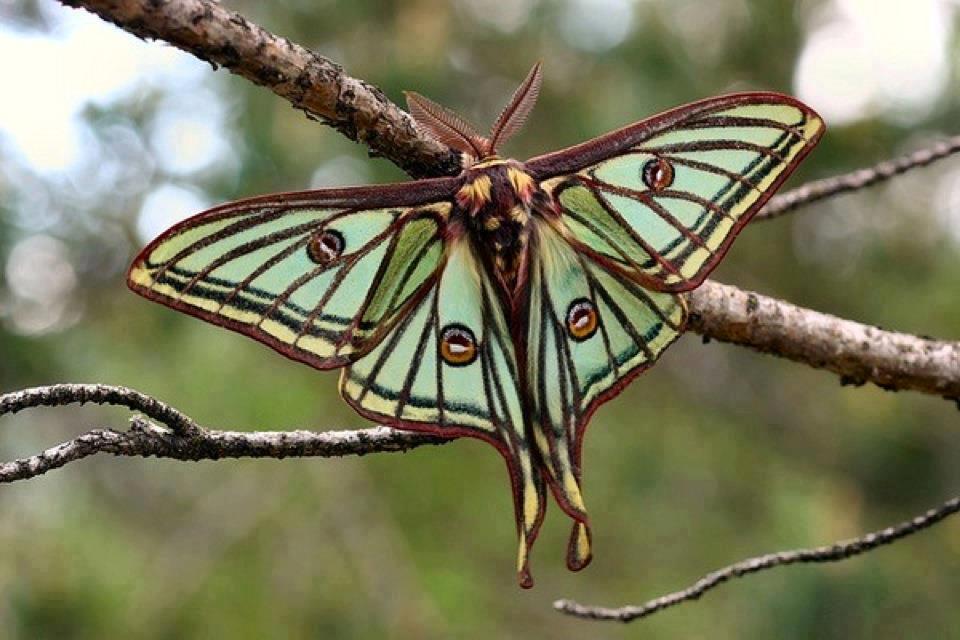
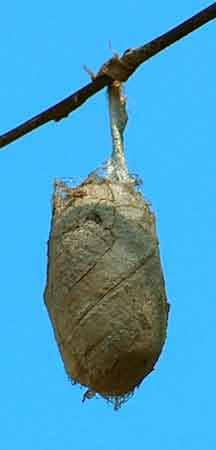
Polyphemus Moth Cocoon
Appearances Are Deceitful.
"WHAT a beautiful light that lamp gives!"
said a moth, as he stood brushing his wings on the sideboard.
"Yes, it does," said a fly, who fluttered
with great difficulty toward the moth. "But
you had better not go near it, for it's anything but safe."
"Surely, there can be no danger there,"
said the moth; "the flame looks so cheerful
and bright."
"Yes, but it burns," said the fly. "I'm
suffering from it now. I ventured too near,
and it so injured my wing that it is almost
useless."
"I really think you must be mistaken,"
answered the moth. "I don't see how that
beautiful light could injure anybody. I shall
fly and see."
"Take care," buzzed the fly, "for appearances are sometimes deceitful."
"All right," said the moth. And he flew
off to see the flame, and going too near fell
fluttering on the table, severely burnt, and
nearly dead.
"There's folly now," said the fly.
Some people will trust appearances rather
than heed the kind warnings of those who
have suffered through their deceitfulness.
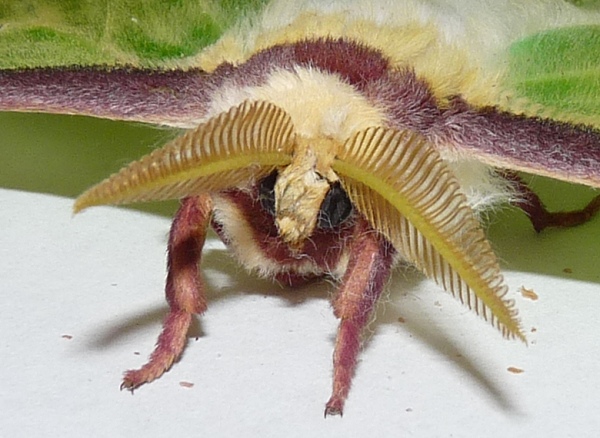
Luna moth
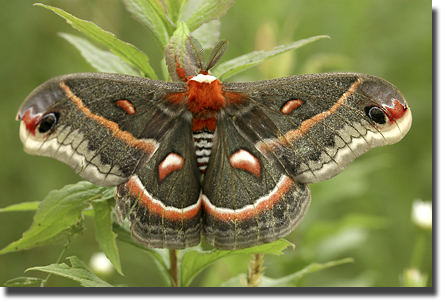
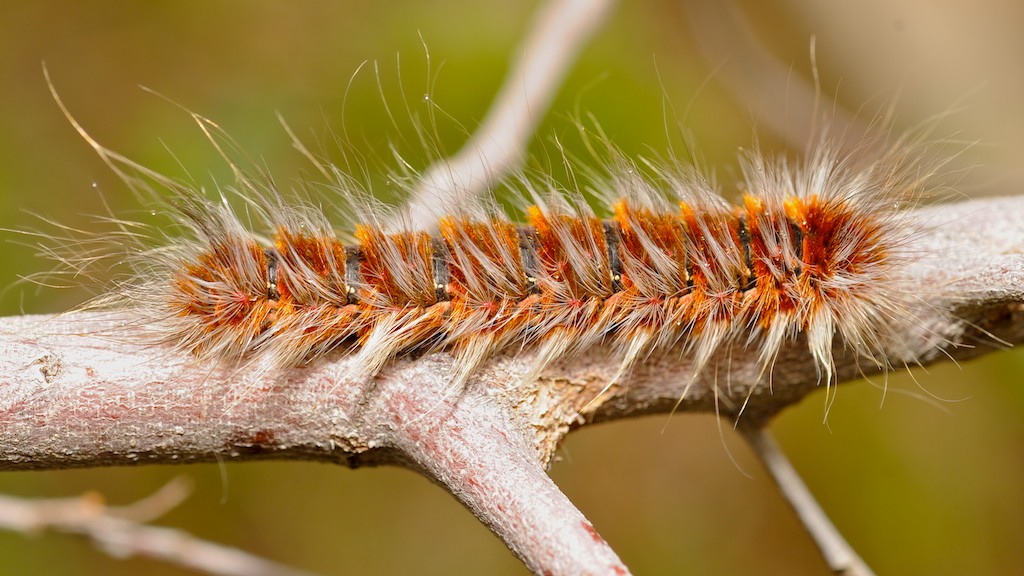




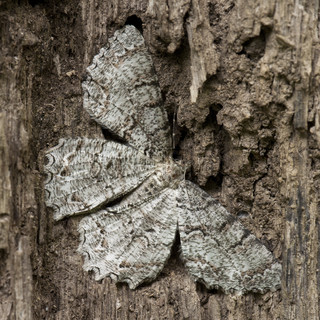

PROTECTIVE COLORS OF ANIMALS.
THAT abundant food for thought is contained in the above phrase. Immediately the mind grasps the idea that color was bestowed upon animals by the All-wise Creator, not merely, as it were, by fancy or caprice, but in direct benevolence, giving them a better chance of lengthening their lives.
Proofs of this theory are very numerous. Perhaps the most striking illustration of this fact may be found in the insect world. Here, grays, and browns, and olives harmonize with lichens, and wood, and stone, affording the creatures so colored a good means of concealment. And yet some insects are exceedingly conspicuous, as witness the brilliant tints of many species of butterflies. But this, so far from disproving the theory, tends, as we shall see, to confirm it.
As may be seen from the illustration, the Buff-tip moth so contracts its wings as to look exactly like a large piece of broken stick, the yellow patch at the extremity of the wings giving the appearance of the freshly broken end.
The Lappet-moth, when at rest, so disposes its rich brown wings as to seem, both in shape and color, like a dead leaf. In the case of other motif, we have those which settle among lichens and in the trunks of trees, being almost entirely concealed by the colors by which they are surrounded. Some, which strongly resemble bits of mortar, make stone walls their favorite resting-place. It has been noticed, also, that moths which are on the wing in "autumn and winter, partake of the prevailing hues of these seasons, autumnal moths are generally yellow and brown, like much of the foliage then visible, and many winter moths are of gray and silvery tints.
Gorgeous colors, however, as we have said, are no evidence of non-protection. These best harmonize with the bright and vivid hues of the leaves, the flowers, and the sky. The most wonderful, perhaps, of all imitative insects is the leaf-butterfly of India. This is a rather large and handsome butterfly, of a deep bluish color, with a broad orange band across the wings. It is thus very conspicuous; but it flies rapidly, and in a zigzag manner, so as to be caught with great difficulty.
It is when at rest, therefore, that it requires protection, and this it obtains by its color and markings on the under surface, and by its peculiar habits.
The upper wings have an acute lengthened apex, which is exactly the shape of the tip of the leaf of many tropical trees and shrubs; while the hind wings are produced into a short, narrow tail, which well represents the stalk of a leaf. It always settles on an upright twig or branch, holding on by its forelegs, while its body, concealed between the lower margin of the wings, rests against the stem which the extremity of the tail, representing the stalk, just touches.
The tropics abound with examples of insects equally well-protected. The best-known are the leaf-insects of the genus phyllium, whose wings and wing-covers are broad and flat, shaped and veined exactly like leaves, while their legs, head, and thorax have all flat dilatations, like the stipules of many plants; and the whole being of the exact green tint of the foliage of the plant they live on, it is actually impossible to detect them when they are not in motion.
Arthur's Home Magazine

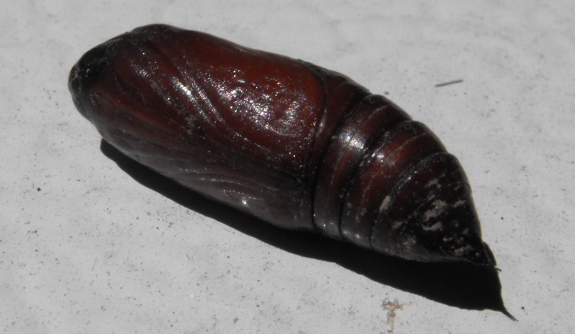
THE CANOE OF THE WATER MOTH.
THE gnat builds an egg boat, in which to sail about. The water moth, another little creature, puts together a real canoe. It is a very curious thing, made of bits of straw and reeds all matted together. It is just the shape of the caterpillar that lives in it. The insect breathes with gills just like a fish, and yet cannot swim.
So he fastens this straw and grass together, winding them all around with his own silk. The body of the caterpillar is soft and delicate, you know, and might get hurt if it was left exposed.
This is the reason why he covers it so carefully, all but his head. This funny sort of canoe is open at both ends. It is so fixed that when the grub is tired of sailing, he 'can sink down upon the sand. Reaching out of the upper end, are his six little feet, with which he drags his small boat after him whenever he wants to get his dinner or put up for the night. After several days, he not only creeps out of this strange house, but out of his skin, at the same time taking on moth wings.
Many people call these queer creatures "laddis worms." If you hunt for them with your young eyes, you' can find these little nests of stone and gravel and leaves, made by the grubs, though they are very small. They seem to have great taste in fixing them. You should see the houses they make of fresh leaves, curiously put together.
'They hang from their shoulders like so many wings. They are even more like a bud just ready to open.
These pretty cases of leaves are glued together, leaving an opening at its top just large enough for the little creatures to put out their head and shoulders when they want to look about for food ; others of the same species cut pieces of reed or wood into lengths, or strips, and join them together as they go on with their work. They use a certain kind of cement, which is better able to stand water than any ever made by man. And they often finish up the whole by putting a broad piece, longer than all the rest, overhead, to shade the doorway, so that no one shall see them work.
Some of these funny grubs break off bits of the stems of rushes, which, you know, grow in the water, and weave them into a sort of round ball. Then they hang them together on the stem of some other water plant, making a little cell in the middle to live in. Some use tiny shells even, with snails or other animals alive in them. They keep these poor things just as if they were in prison, and drag them all about with them.
Our Little Ones.